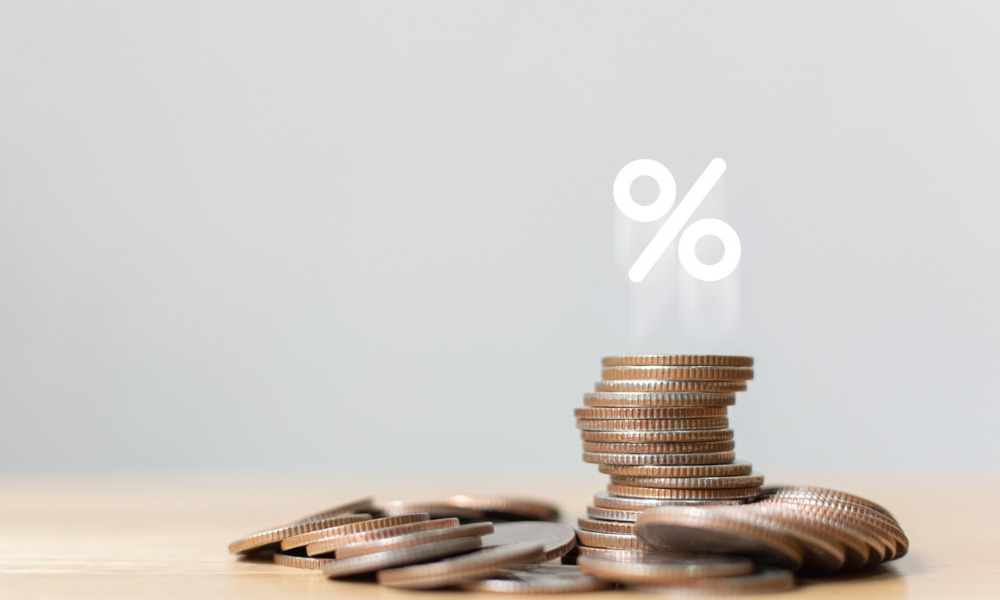WP reached out to three ETF heavyweights to get their thoughts on the year ahead in the highly competitive space. Here’s what we learned.
WP reached out to three ETF heavyweights to get their thoughts on the year ahead in the highly competitive space. Here’s what we learned.
But before getting into our top 10 trends in ETFs in 2015, let’s just say we couldn’t have asked for a better trio of experts to weigh-in on the subject.
Karl Cheong and Pat Chiefalo are in charge of product for First Trust Canada and iShares Canada respectively; they know the space cold. Completing the trifecta is Yves Rebetez, managing director of ETF Insight, Canada’s premier website for ETF information. He’s very passionate about ETFs.
Topping it all off: They’re all CFAs.
U.S. equity exposure. With the U.S. economy seemingly one of the world’s strongest at the moment, Chiefalo notes that “a lot of investors have been buying U.S. equities. It’s getting to be viewed as one of the safer havens.”
Lower volatility. There are two important themes tied to this one particular trend. The first is that investors ought to consider a fixed income component for their portfolios this year given the equity markets are getting choppier than they’ve been for some time. The second theme is to consider low-volatility ETFs for the equity component of their portfolio. Chiefalo states, ‘We have a minimum volatility suite that offers you exposure to underlying equity markets but with a dialed-down volatility.”
Oil prices. With oil prices trading below $50 institutional investors are looking for the ability to get in and out of certain risk exposures. Liquidity is critical in this situation. iShares’ S&P/TSX Capped Energy Index ETF (XEG) does a good job providing liquidity. In Chiefalo’s words, “[XEG] is a product that shows extremely good capacity to handle all those trades and all that liquidity being asked of it...Massive flows into the product.” And that should continue in 2015.
ETF Closures. In the U.S. there’s an ETF Deathwatch that keeps track of funds on the verge of closing. It’s currently at more than 300. Yves Rebetez suggests there are “too many ETFs [that] haven’t reached the critical mass needed to confirm they have reached acceptance, and / or relevance status.” So expect closings.
Packaged Solutions. Robo-advisors will continue to make inroads with investors in 2015. One of the ways they’ll do so is through “packaged solutions” such as those provided by Questrade’s Portfolio IQ service.
Trailer Fees. Not directly ETF-related, Rebetez throws out a controversial subject by suggesting trailer fees are banned in 2015. Were this to happen ETFs are sure to benefit.
Stronger competition. Karl Cheong sees more competitors entering the fray. Discount broker Questrade and Spartan Fund Management have both filed with Canadian regulators to enter the Canadian ETF market but there will be more to come. “Traditional mutual fund providers such as Pimco, Templeton and Fidelity have already entered into the $2 trillion dollar U.S. ETF market with both passive and active ETF listings. We expect a similar trend here in Canada over time with large fund companies taking a closer look at the Canadian ETF market as a way to tap into the growing demand for efficient, easy-use-investment products.”
Increased institutional use. Pointing to the ETF situation over in Europe, Cheong points out that portfolio managers have given up on the use of futures and other investments in the search for beta preferring to use ETFs instead due to lower implementation costs.
CRM2. The move to low-cost investments continues and CRM2 only moves this along. Cheong states, “CRM2 has already begun and will be phased in over the next two years and deals primarily with disclosure, with an aim of making it clear to investors exactly how much they are paying for financial advice. ETFs play well in this environment as they are low cost.”
Mutual fund dealers sell ETFs. The truth is they already can. Unfortunately, many MFDA dealers don’t have the back-office systems to make it happen. Cheong directed WP to a Morningstar article by Rudy Luukko from December that points out how this can happen. If it does, look out.



